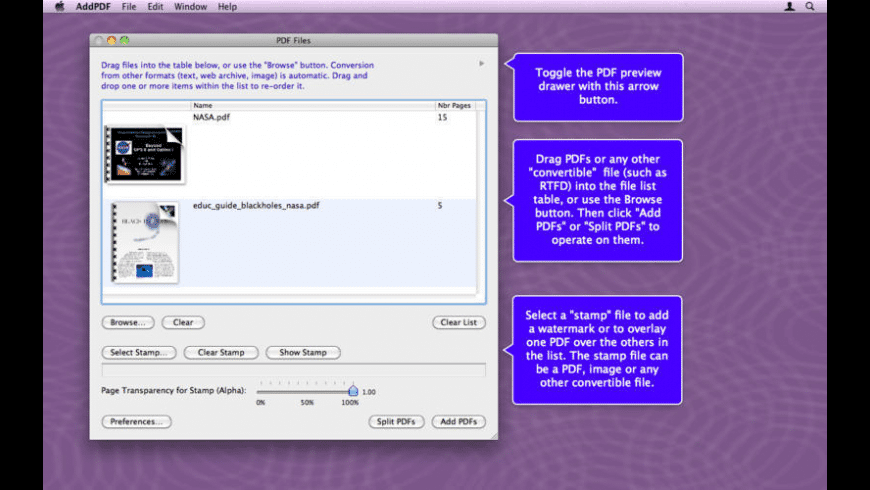Download the latest versions of free software, drivers, trial versions, installers and utilities for your EFI digital printers and productivity software. The LaserWriter 8500 PPD v1.1 offers three new features: Tabloid Extra, Large Format, A3 Extra. Supported paper sizes appear in the Page Setup dialog box. Best VPN Services for 2020.
While printing an InDesign document as a PostScript file, the options to customize page are disabled.
This issue occurs if you have selected Device Independent as the PPD. Select Adobe PDF from the PPD list to resolve this issue.
If Adobe PDF is not listed under PPD, follow the steps below to have Adobe PDF as an option in the PPD list. The Acrobat 9 PPD supports custom page sizes, which are often necessary when using this workflow with the Print Booklet feature in InDesign.

Navigate to /Applications/Adobe InDesign CC 2018/Presets/.
Create a folder named PPDs. The folder name is case sensitive.
Download
Extract the ADPDF9.PPD from the downloaded zip file and place it into the PPDs folder created in step 3.
Launch InDesign and select Adobe PDF from the PPD list.
On occasion, when installing Adobe Acrobat 9.x (as well as some other versions) the application will fail to install the “Adobe PDF” printer that typically resides in your Printers and Faxes folder in Windows XP. This not only prevents Acrobat from creating any PDF files, but it also breaks the PDFMaker plugin functionality that gets added to Office when installing Acrobat.
The following will help you restore the missing PDF printer:
1) Open the Printers and Faxes dialog box and select Add a Printer
2) Click Next then select Local printer attached to this computer, and deselect the Automatically detect and install my Plug and play printer box. Click Next.
3) In the port selection box, choose My Documents*.pdf (Adobe PDF) and click Next.
4) On the following screen, select Have Disk. Click Browse then navigate to the C:Program FilesAdobeAcrobat 9.0AcrobatXtrasAdobePDF folder and highlight the AdobePDF.inf file. Click Open, then OK.

5) When presented with a list of Adobe PDF Converter options, select the first item from the list and click Next.
6) When prompted for a printer name, change the value to Adobe PDF. Naming it anything else will break the Office plugin functionality.
7) Click Next through the remaining dialog boxes, selecting the appropriate options for your configuration as you go along.
At this point, the printer should be installed. If the application is requesting files from your Windows CD, you will need to locate the proper files for your service pack level either by browsing on your computer or downloading then extracting the service pack executable. This portion of the install varies by computer as I have had the install require these additional files about half the time.
If you are later prompted for the ADPDF9.PPD file, it can be found in the C:Program FilesAdobeAcrobat 9.0AcrobatXtrasAdobePDFStdPPD folder.
That should be it. once you have finished the installation and provided Windows with the additional files if needed, you should be well on your way to creating PDFs!
Updated solution for version 10:
Solution 1
Repair the Acrobat installation using the option in the Help menu.
Solution 2
Uninstall and then re-install Acrobat on your Windows OS.
Solution 3
Manually install the PDF Printer
Adpdf9.ppd Download Mac
- Click Start > Control Panel > Devices and Printers
- Select Add a printer
- Select Add a local printer
- Check Use an existing port and select Documents*.pdf (Adobe PDF) from the drop down. Click Next
- Click the Have Disk… button
- Click the Browse… button
- Navigate to C:Program Files (x86)AdobeAcrobat 10.0AcrobatXtrasAdobePDF
- Select AdobePDF.inf from the list, then click the OK button
- You will see many Adobe PDF Converters in the list, however count six down from the top and click Next (you may need to try this numerous times to find the correct Converter from the list that works with your version of Windows)
- Name your printer, e.g. Adobe PDF
- Follow the rest of the prompts and your PDF printer should now be installed correctly
Download Mac Browser
If you are later prompted for the ADPDF9.PPD file, it can be found in the C:Program FilesAdobeAcrobat 10.0AcrobatXtrasAdobePDF<OS version> folders.
